Ninth Circuit says that expressive honking is not protected by the First Amendment
Ninth Circuit says that expressive honking is not protected by the First Amendment
Cal. Veh. Code SS 27001. To my horror, the Ninth Circuit panel has just voted to reject an First Amendment challenge against this draconian law. California law provides that: Each motor vehicle must be equipped with a working bell, gong or horn or whistle, or any other device that can emit a loud, abrupt sound to warn pedestrians, animal riders, drivers, and persons boarding or exiting street, interurban or railroad cars. It is illegal to use a bell, gong or horn for any other purpose than warning others of danger. Sorry, this was the 1913 original. This was five years...
Cal. Veh. Code SS 27001. To my horror, the Ninth Circuit panel has just voted to reject an First Amendment challenge against this draconian law. California law provides that: Each motor vehicle must be equipped with a working bell, gong or horn or whistle, or any other device that can emit a loud, abrupt sound to warn pedestrians, animal riders, drivers, and persons boarding or exiting street, interurban or railroad cars. It is illegal to use a bell, gong or horn for any other purpose than warning others of danger. Sorry, this was the 1913 original. This was five years after Ford introduced the Model T. The Model T was a revolutionary vehicle, affordable, easy to use, and durable. It has left an everlasting legacy. Ford Motor Company is my client and I am not aware of any Model T-related litigation. It had many features that were new for its time. (Same) And as you can see it came with an horn. I assume that California was overrun from 1908 to 1913 by inferior vehicles without such a device. I believe or would like to believe that some vehicles after 1913 were equipped with large gongs capable of producing a loud, jarring sound to warn of the approaching vehicle. The statute says that: The driver must use his horn to give an audible alert when it is reasonable for the vehicle's safe operation. (b) Except as an alarm system for theft, the horn may not be used in any other way. Cal. Civ. Code SS3537 ("Superfluity doesn't vitiate "))," but it does not mention gongs or bells anymore, only boring old horns. It is important to note that it says the horn may only be used when "reasonably necessary" to ensure safe operation. What if I wanted to use it for communication? Susan Porter, a member of a protest outside a government building in 2017, allegedly violated this law by using her horn. According to the opinion, Susan Porter "honked her horn three times in a row, for a total 14 beeps" as she drove away from a protest (of which she was formerly a part). Unsurprisingly, the local deputy sheriff heard one or more beeps and acted immediately. He cited Porter bravely for misusing a vehicle's horn, as per section 27001. He did not appear at her hearing and the citation was thrown out. Porter, perhaps suspecting that deputy's actions were more than a neutral effort to protect the local community from malicious and willful tooting, sued, arguing that the law was unconstitutional. Porter's standing to file this suit was the first question. In federal court, "standing" is required to show a concrete injury. Porter stated that she no longer uses her horn to express herself out of fear of a citation. This "self-censorship," as long as it is "well founded", is sufficient. The State argued Porter did not meet her burden of proof because she "had not shown a plan for expressive honking in the future" and that almost no one is cited for violating Section 27001. It would be interesting to see a concrete plan for "expressive honking." But the court found that Porter still had standing without it. Let's move on to the First Amendment. I was glad to see that there was no disagreement about the fact that honking at least in some cases is "expressive behavior" to which First Amendment can apply. You already know this. Washington Horn-Honker wins First Amendment Challenge (Oct. 27 2011). It may be that it depends on the situation, but Porter's honks were clear. The Ninth Circuit, again disappointing me, wrote that "even though we do not define the full scope today of expressive honking," it held that "enough honks" will be understood within context to treat Section 27,001 as prohibiting certain expressive conduct. Porter argued that the law was unconstitutional, because it is a "content based regulation" which must be scrutinized closely. It's only valid if the law is "least restrictive"...
-
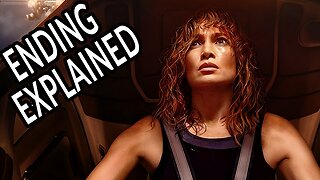 8:45
8:45
ThinkStory
23 hours agoATLAS Ending Explained!
99 -
 43:06
43:06
Chrissy Clark
15 hours agoKing Patrick And The Clark Cousins w/ Alex Clark
3.74K2 -
 13:38
13:38
Space Ice
17 hours agoNew Van Damme 'Darkness Of Man' Is So Good You'll Learn To Feel Again - Best Movie Ever
97810 -
 55:00
55:00
Miss Understood With Rachel Uchitel
1 day agoStart Your Wellness Journey: What Vitamins & Supplements Do You Need?
593 -
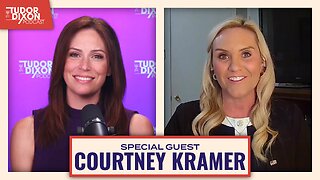 21:33
21:33
TudorDixon
20 hours agoRestoring Integrity and Public Safety with Courtney Kramer | The Tudor Dixon Podcast
5.15K50 -
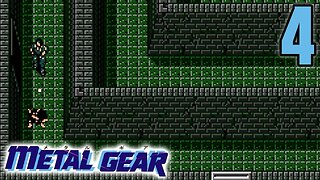 24:55
24:55
Degenerate Plays
18 hours agoSnake In The Box - Metal Gear: Part 4
9.13K3 -
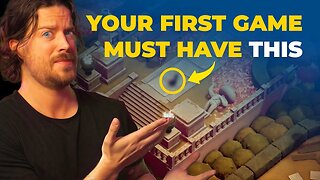 11:26
11:26
Game Developer
20 hours agoMaking Your First Game? You Must Do THIS...
11.8K7 -
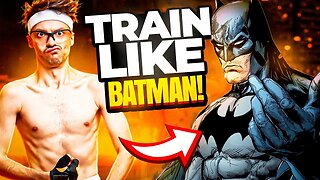 5:16
5:16
ParisDemers
21 hours agoBatman's Training Program Will Change Your Life! (Real Life Training)
12K6 -
 1:02:01
1:02:01
World Nomac
15 hours ago24 Hours in Asia's CRAZIEST CITY|Bangkok Thailand 🇹🇭
13.3K -
 2:27:08
2:27:08
Fresh and Fit
10 hours agoStew Peters Drops THIS Bomb Om The Panel
125K437